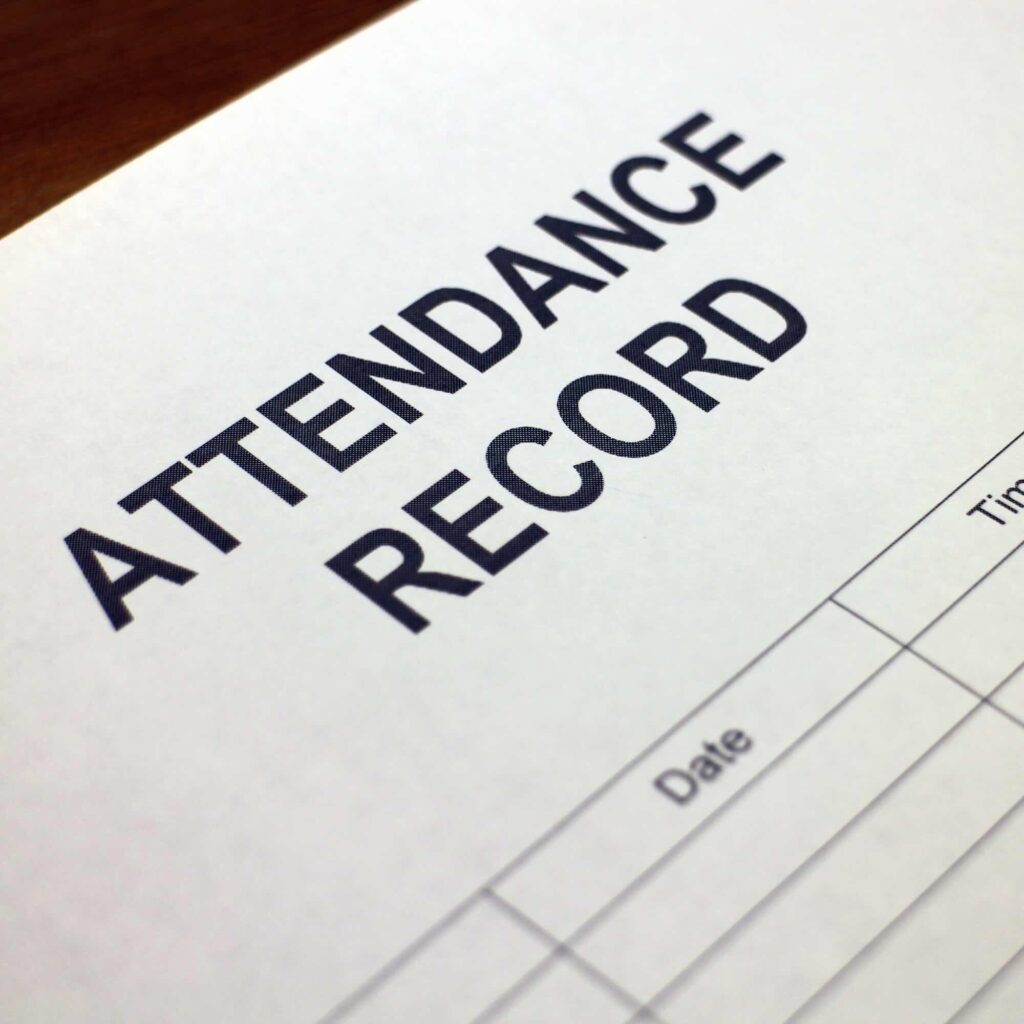Schools should be a safe haven for students, where they can focus on learning and growing without the fear of danger or harm. However, recent events have shown us that schools can be vulnerable to violence, accidents, and other hazards. As a school administrator, teacher, or concerned parent, it is crucial to take steps to ensure that schools are safe and secure environments for everyone. In this article, we will discuss eight effective ways to make your school safer right now.
Conduct a Comprehensive Safety Assessment
The first step to making your school safer is to conduct a comprehensive safety assessment. This should involve identifying potential hazards and risks, evaluating the current safety measures in place, and creating a plan to address any gaps or weaknesses. Some areas to consider in a safety assessment include physical security, emergency preparedness, and mental health and wellness.
Install Surveillance Systems
Installing surveillance systems is an effective way to deter criminal activity and improve overall safety. CCTV cameras can monitor entrances, hallways, and other high-risk areas, while access control systems can limit access to certain parts of the building. Surveillance systems can also provide valuable evidence in the event of an incident, helping to identify perpetrators and prevent future incidents.

Establish a Visitor Management Protocol
A visitor management protocol can help to ensure that only authorized individuals are allowed on school premises. This can include requiring visitors to sign in and show identification, and conducting background checks on visitors, volunteers, and contractors. By establishing a clear protocol for visitors, schools can minimize the risk of unauthorized individuals gaining access to the building.
.png)
Conduct Emergency Drills Regularly
Emergency drills are a critical component of school safety. Regular drills can help students and staff to be better prepared in the event of an emergency, such as a fire or an active shooter. Drills should be conducted at least twice a year and should be tailored to the specific needs of the school.
Develop a Crisis Communication Plan
A crisis communication plan outlines the steps that should be taken in the event of an emergency or crisis. This can include notifying authorities, communicating with staff and parents, and providing updates on the situation. Having a clear and comprehensive crisis communication plan can help to minimize confusion and ensure that everyone is informed and safe.
Implement Bullying Prevention Strategies
Bullying can have a significant impact on the safety and well-being of students. Implementing effective bullying prevention strategies can help to create a safer and more positive school environment. This can include educating students on the negative effects of bullying, providing support for victims, and implementing consequences for bullies.
.png)
Encourage Staff and Student Training
Providing training for staff and students can help to improve overall safety and preparedness. This can include first aid training, active shooter training, and mental health awareness training. By empowering staff and students with the skills and knowledge they need to respond to emergencies, schools can create a safer and more secure environment.
Foster a Positive School Culture
Finally, fostering a positive school culture can help to create a safer and more supportive environment for everyone. This can include promoting respect, empathy, and inclusion, and encouraging students to report any safety concerns they may have. By creating a culture of safety and support, schools can work towards preventing incidents before they occur.
Conclusion
Ensuring school safety should be a top priority for everyone involved in education. By conducting a comprehensive safety assessment, installing surveillance systems, establishing a visitor management system and protocol, conducting emergency drills regularly, developing a crisis communication plan, implementing bullying prevention strategies, encouraging staff and student training, and fostering a positive school culture, schools can take concrete steps to make their environments safer for everyone. It’s essential to remember that creating a safe school requires ongoing attention and effort. By prioritizing safety and implementing these eight strategies, schools can work towards ensuring that their students and staff feel protected and supported.
FAQs
What should be included in a safety assessment for a school?
A safety assessment for a school should include identifying potential hazards and risks, evaluating current safety measures, and creating a plan to address any gaps or weaknesses. This can involve examining physical security, emergency preparedness, and mental health and wellness.
How can surveillance systems make schools safer?
Surveillance systems can deter criminal activity and provide valuable evidence in the event of an incident. CCTV cameras can monitor high-risk areas, while access control systems can limit access to certain parts of the building.
Why is it important to conduct emergency drills regularly?
Regular emergency drills can help students and staff to be better prepared in the event of an emergency. Drills should be tailored to the specific needs of the school and conducted at least twice a year.
How can schools foster a positive school culture?
Fostering a positive school culture involves promoting respect, empathy, and inclusion, and encouraging students to report any safety concerns they may have. By creating a culture of safety and support, schools can work towards preventing incidents before they occur.
What can schools do to prevent bullying?
Schools can prevent bullying by implementing effective prevention strategies, educating students on the negative effects of bullying, providing support for victims, and implementing consequences for bullies.




